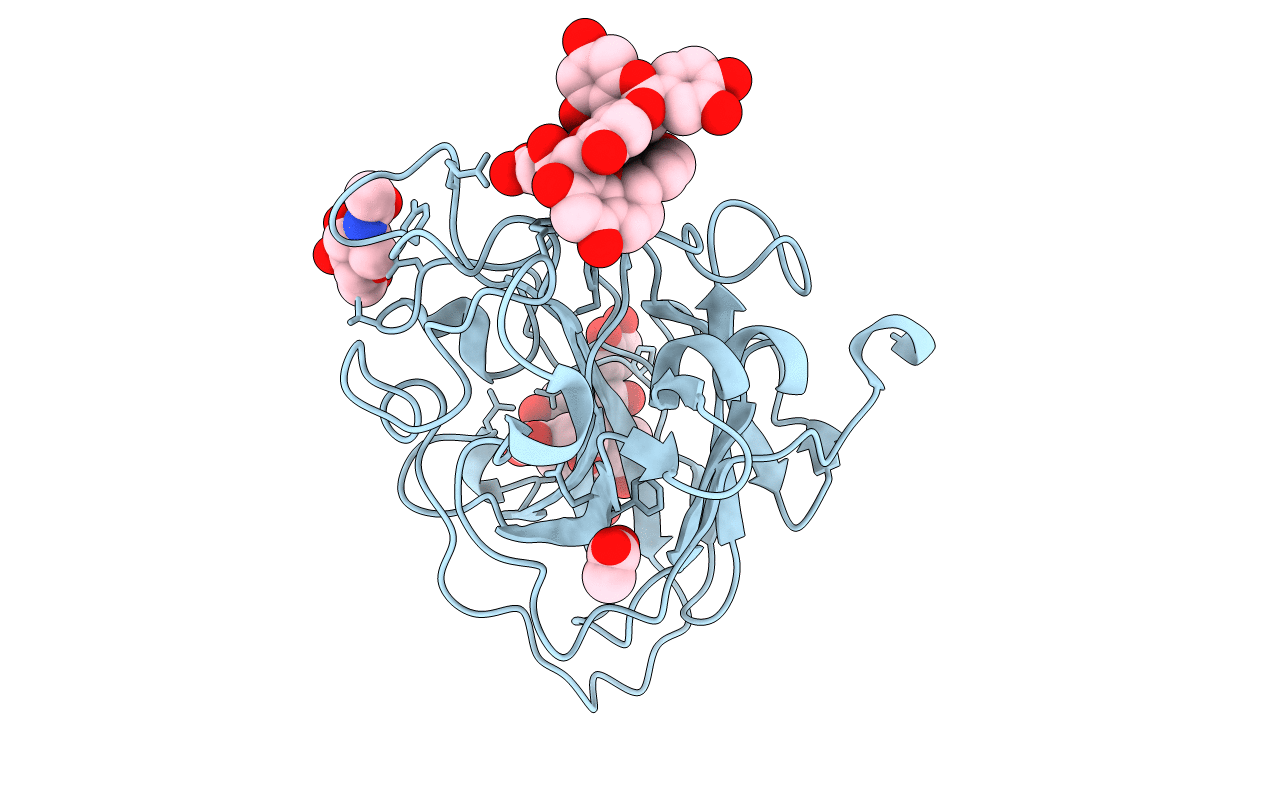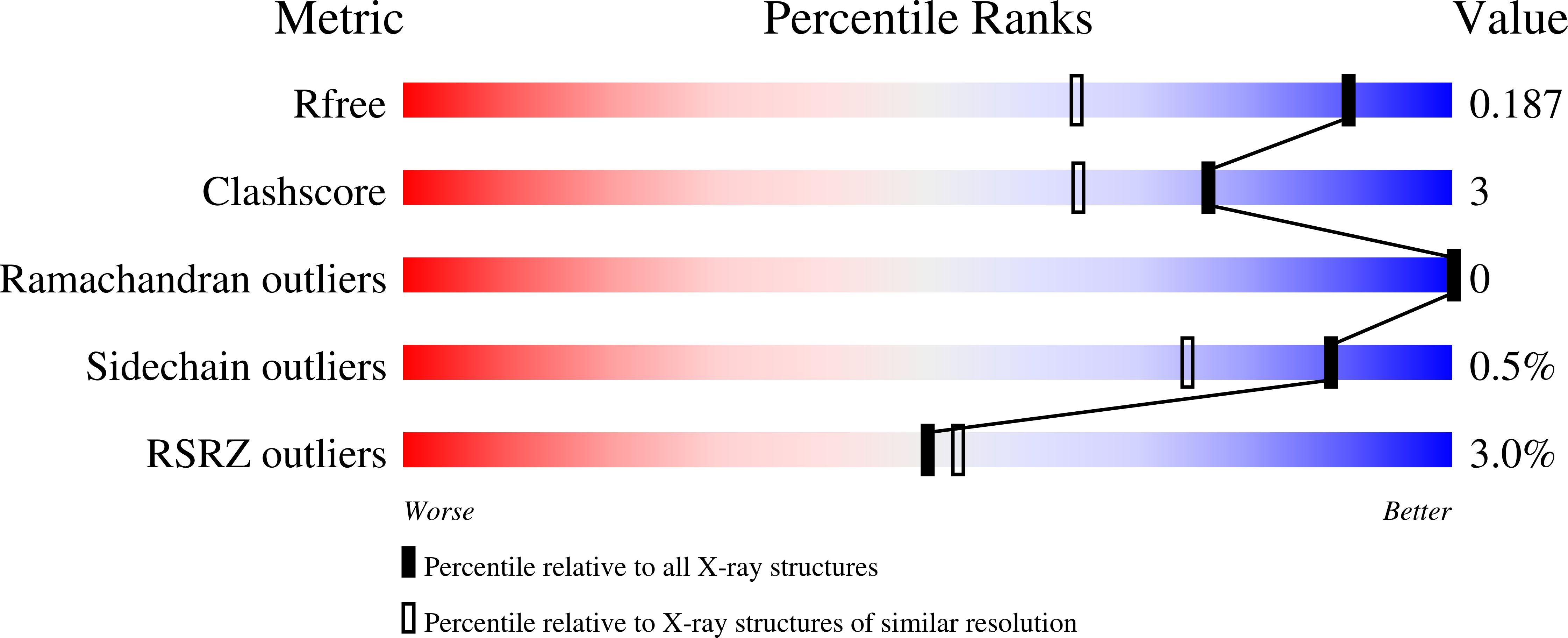
Deposition Date
2021-02-12
Release Date
2021-08-18
Last Version Date
2024-01-31
Entry Detail
PDB ID:
7NIM
Keywords:
Title:
X-ray crystal structure of LsAA9A - cinnamon extract soak
Biological Source:
Source Organism:
Lentinus similis (Taxon ID: 1755448)
Host Organism:
Method Details:
Experimental Method:
Resolution:
1.45 Å
R-Value Free:
0.18
R-Value Work:
0.16
R-Value Observed:
0.16
Space Group:
P 41 3 2


